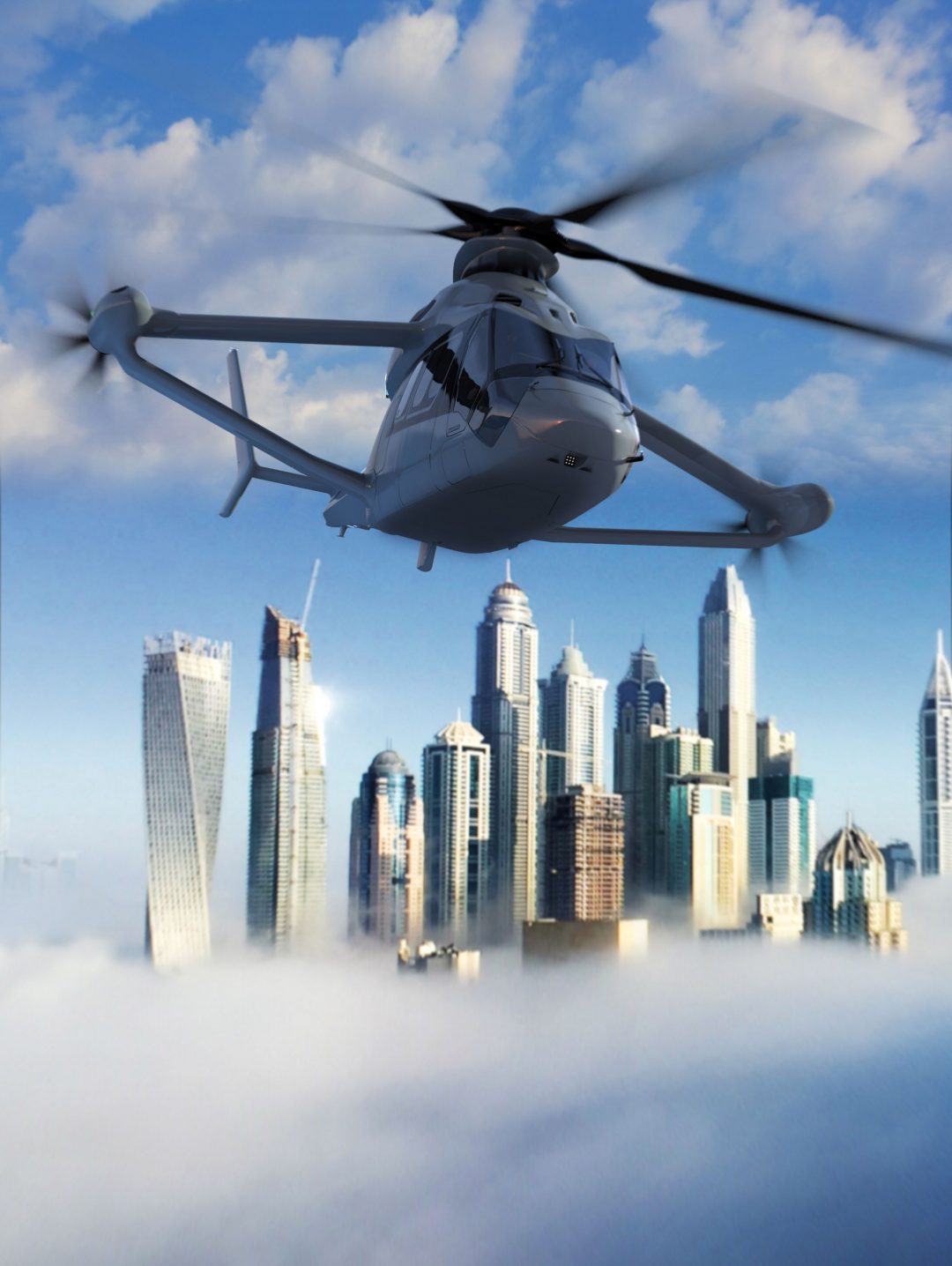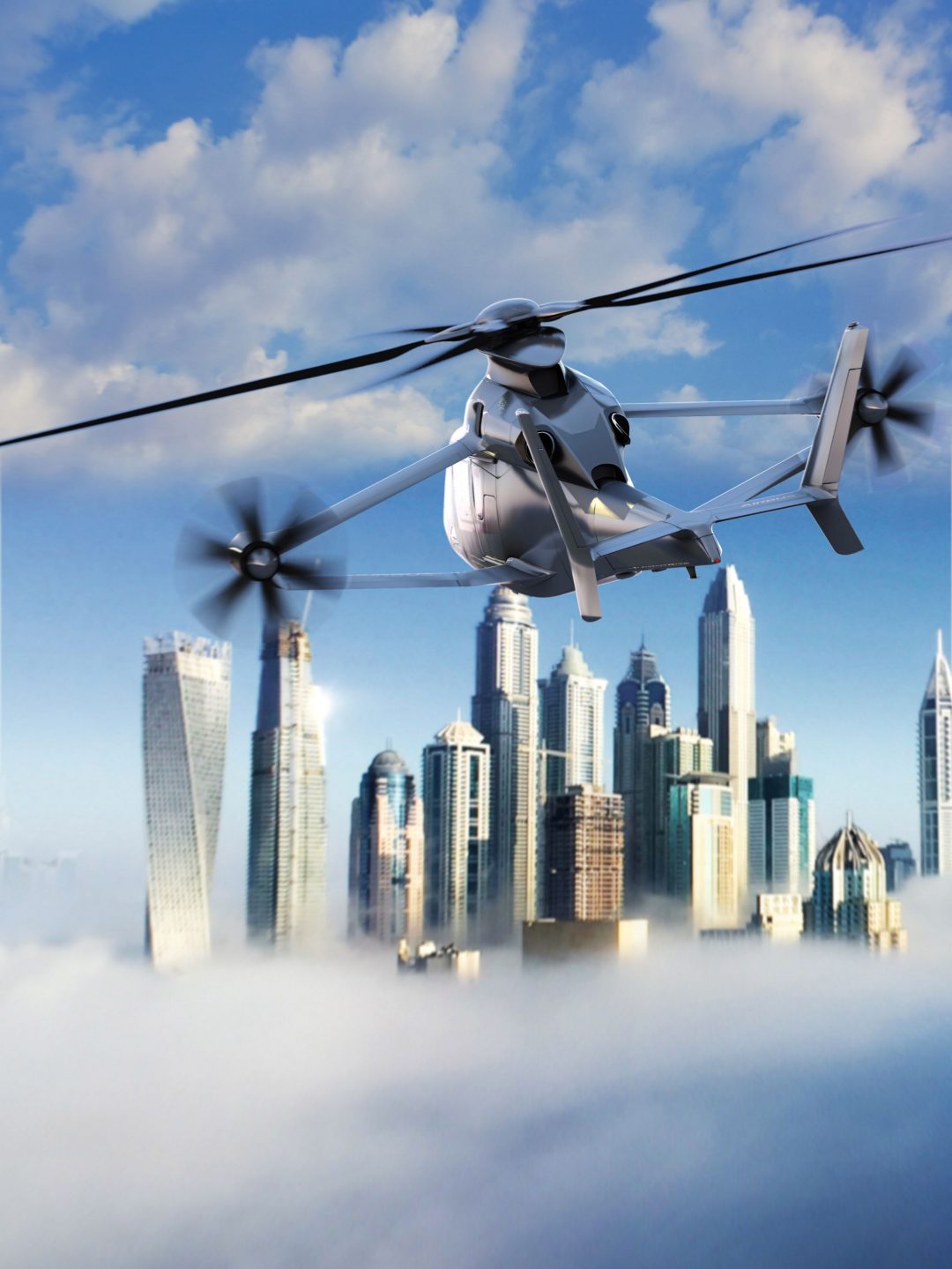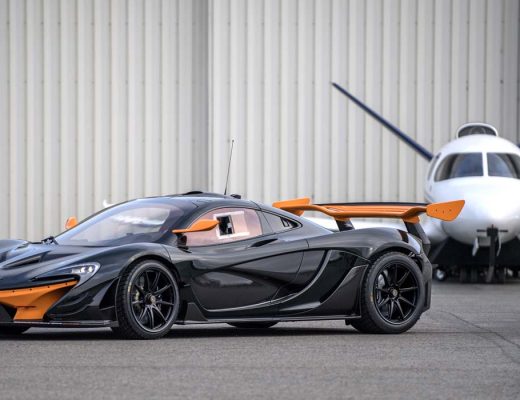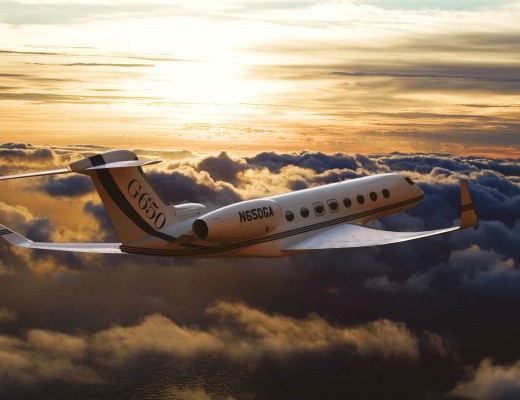Airbus is reshaping the concept of the conventional helicopter to even greater heights. The helicopter has long been full of advantages compared to the traditional airplane, such as having an easy take-off from the smallest of points. The only disadvantage of the helicopter was that they lacked speed. This flaw lead Airbus to go against conventional methods to design and develop the new high-speed helicopter project Racer, which was unveiled this summer at the Paris Air Show. Airbus in collaboration with the European-wide Clean Sky 2 program, have joined forces to build an extremely fast, high-speed helicopter that is scheduled to take flight by 2020.
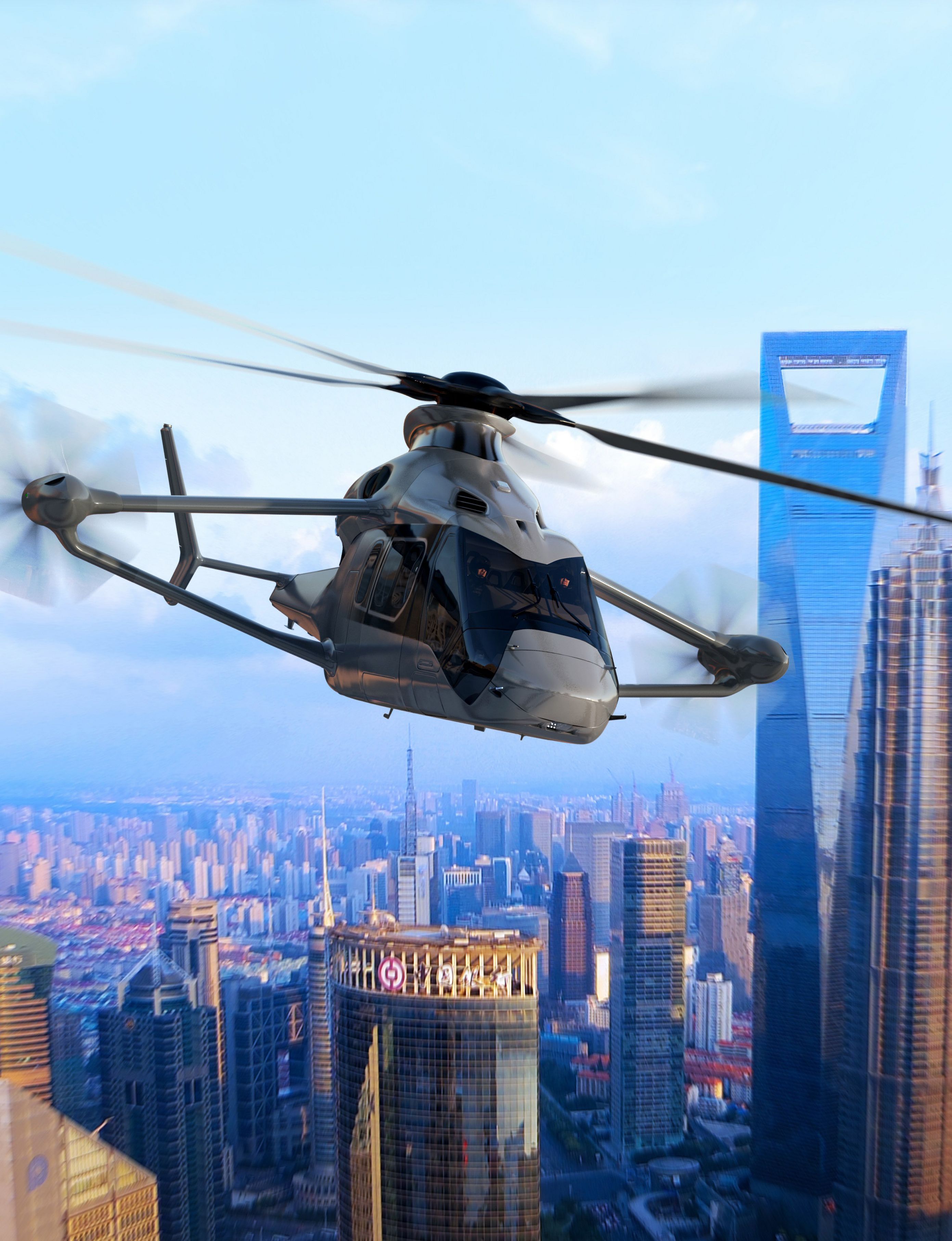
The Airbus helicopter was given the name RACER, an abbreviation to “Rapid And Cost-Effective Rotorcraft”. Based off the concept of Airbus’s X3 prototype, which first took flight in 2013 and accomplished a helicopter speed record of 293 mph at level altitude, you can easily imagine the future achievements the aircraft has in store when it becomes airborne.
Bringing in a one of a kind approach to the concept of the helicopter, Airbus’s new Racer proves its high-speed flying-capabilities and all-around efficiency for any task or operation. The Racer’s orthogonal wing design structure, which was tested on the prototype X3, distributes a thrust of power straight towards the main rotor’s lift when in cruise mode through mid-flight. The wing can also help shield passengers from the “pusher” during ground operations. During ground operations, the wing also helps to shield the passengers from the “pusher” rotors. These rotors, which produce thrust in forward flight, are powered by two RTM322 engines that were built by Safran Helicopter Engines. In addition, both the RTM322 engines generate power to the main rotor.

The advanced technology on the new Racer employs a multitude of leading edge features, and will be able to achieve a top speed of 250 mph. Utilizing a high-voltage direct-current electrical generator, the Racer gains a substantial reduction in pressure when compared to present technology advancements, as specified by Airbus. “The technical solution we have put forward is very appealing,” said Jean-Brice Dumont, head of engineering at Airbus Helicopters, “because it is simple and inexpensive. It is an illustration of perfect innovation, which is innovation based on reality.”
The Racer will possess an extensive fuselage constructed from hybrid metallic-composite materials, which is expected to be lightweight and effortless to manage. The future commercial helicopter based on the design of Racer and it’s cutting-edge technology could very well be put on the market by the year 2030.
For more information visit: Airbus.com/helicopters
Images provided by Airbus Helicopters


